This report is a part of the LIFEGENMON 2nd Transect Drive. Click the link to view other posts in the series.
In the morning, we woke up, ate at the pension in Kopaonik and started our way east. For breakfast we had home made Pita (cheese pie) and coffee, which filled us energy and gave us a good headstart for the day. After a 3 hour drive we turned from the main road and started climbing altitude towards National Park Tara. The vegetation changed from pine plantations (Pinus strobus) to beech, fir and norway spruce irregular shelterwood forest. From time to time we also caught a glimpse the Panćić spruce (Picea Omorika).
Our first stop was at the National park visitors center at Mitrovac (1800 m above sea level). There, we were greeted by Ranko Milanović, who gave a brief presentation about the national park and their activities, which include forest and biodiversity management, walking and bicycle trails (which include a new trail for the disabled), afforestation and reforestation activities (after forest fires) and many communication and public outreach programs (they work a lot with the young, a very interesting is the “junior ranger” program). There are around 80 black bears living in the area. Find out more at www.nptara.rs. After the presentation in the center, they led us to a forest close by, where they presented park management activities. We had an opportunity to talk to practical foresters and other park experts, which included Milica Tomić, Marijana Josipović, Dragan Đurić and Momćilo Đurić. We discussed natural regeneration and coniferous tree dieback, which was also a topic in the Kopaonik national park.
After the discussion they took us to the view point of Banjska Rock, from which we had a spectacular view of the accumulation lake on the river Drina. The scenery was really impressive, as seen on the photos below.
Last but not least, we have visited the location where Panćić first spotted (locus classicus) the Serbian Spruce (Picea omorika). It was discovered in 1897 after a long search (more than 30 years) by a legendary Serbian botanist Josip Panćić.
This concluded our visit and we set off for Sarajevo. After crossing the border and a long drive we have stopped at Višegrad seed stands of black pine (Pinus nigra). There, we had met with Rajko Nikitović, the director of forest management of the local forest state enterprise. We walked through the forest, which looked amazing in the evening light. Every 5 years climbers climb these tall trees and pick pine cones to obtain seeds; afterwards, around 1 million seedlings are produced at the local nursery.
We had čevapčići and lepinja for dinner at the scenic restaurant in Kamengrad, and then set off for Sarajevo, where we ended our day with a drink at the famous Baščaršija.
Tags: bark, beetle, Bosnia, forest, genetic, Kamengrad, LIFEGENMON, monitoring, national, omorika, park, picea, Serbian, spruce, Tara, Višegrad
Subscribe to our E-news
Latest tweets
Events
-
Jan26
-
Aug09

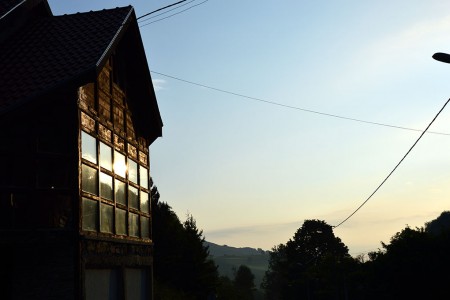
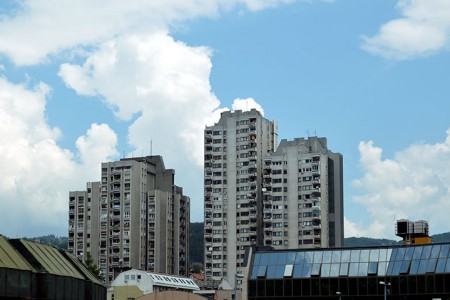
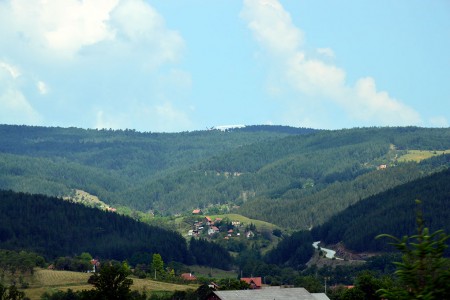
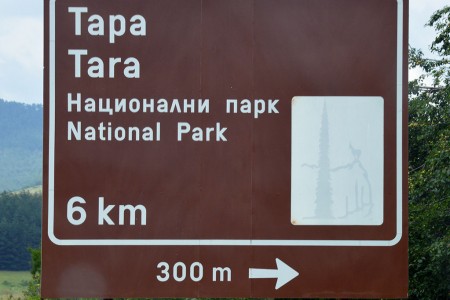
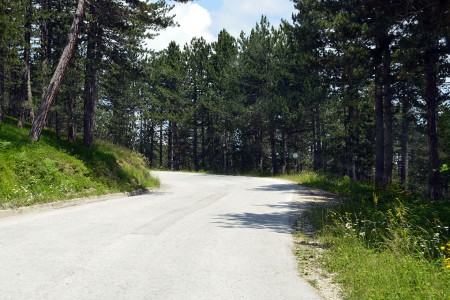
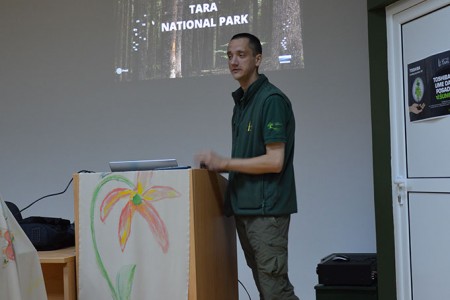
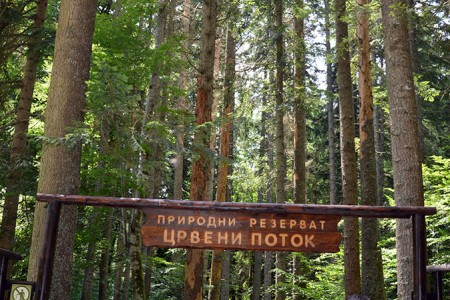
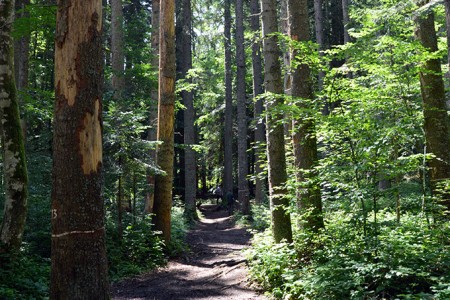
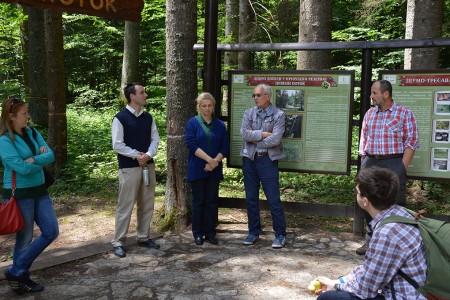
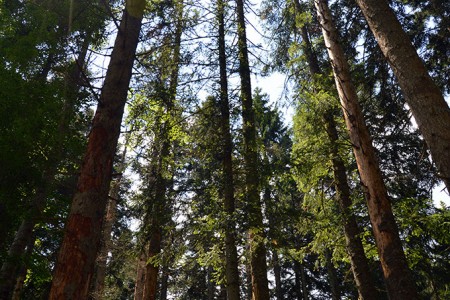
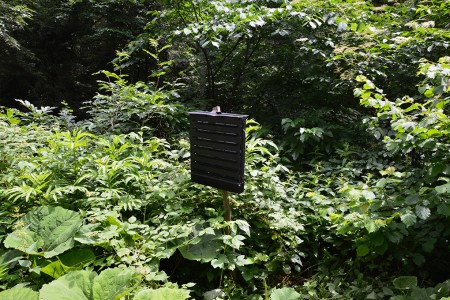
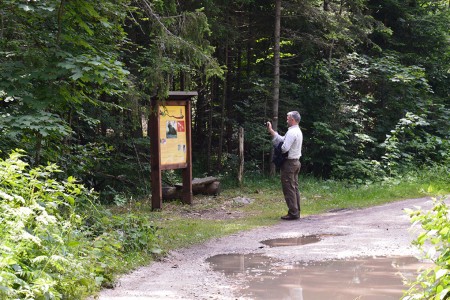
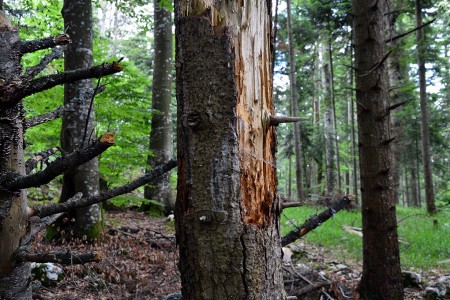
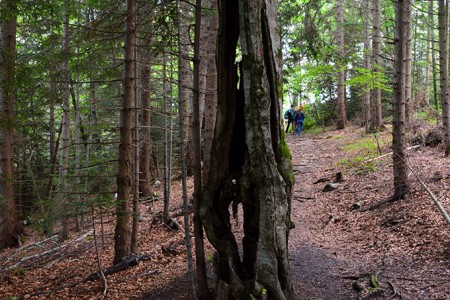
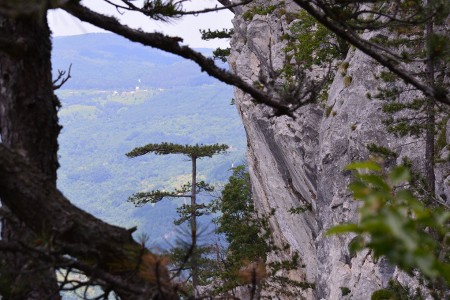
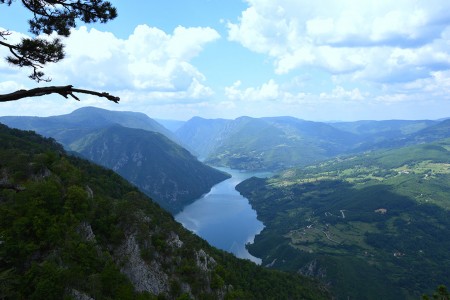
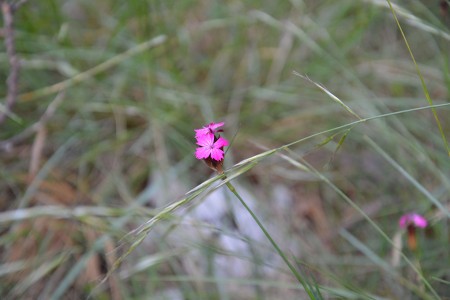
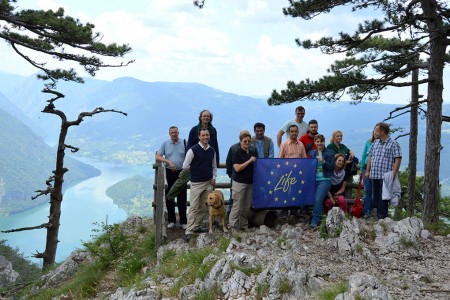
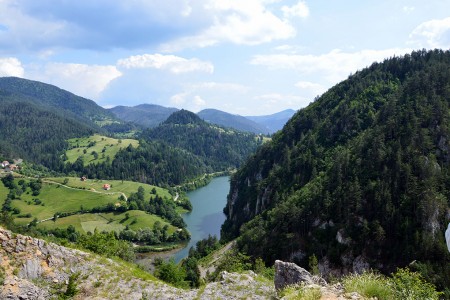
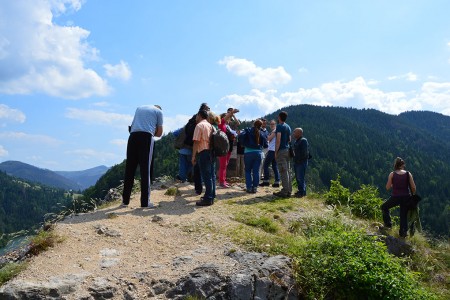
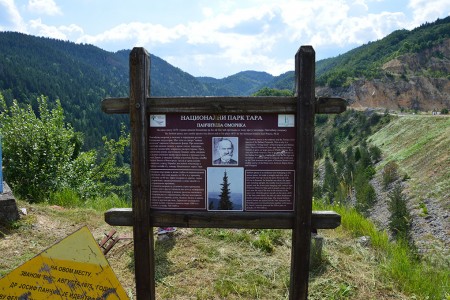
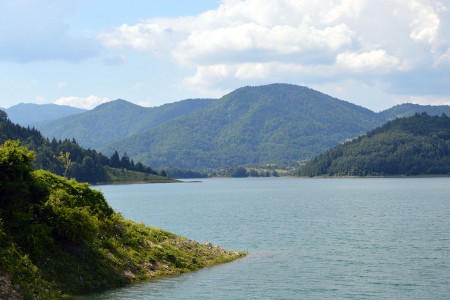
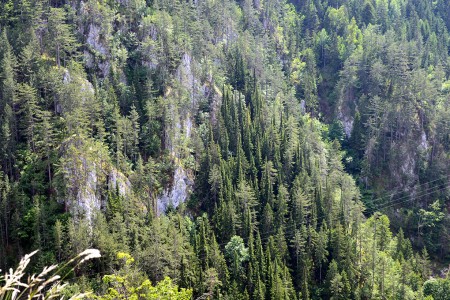
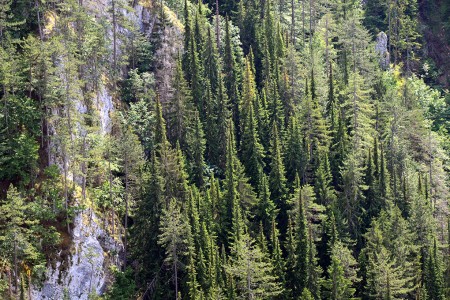
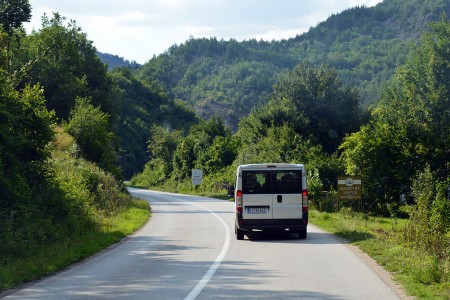
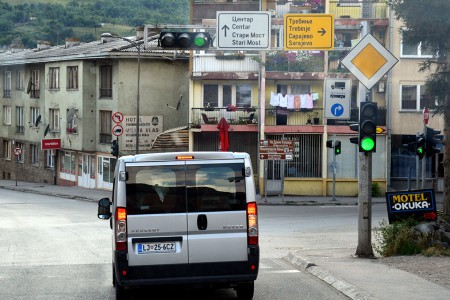
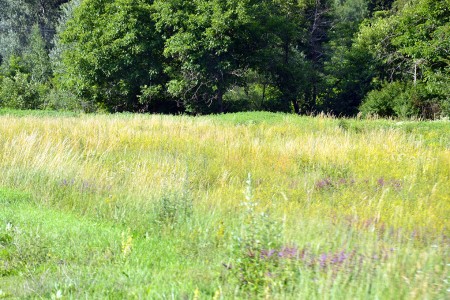
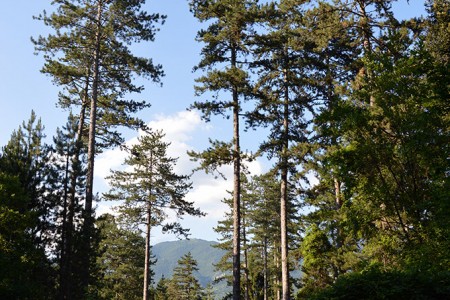
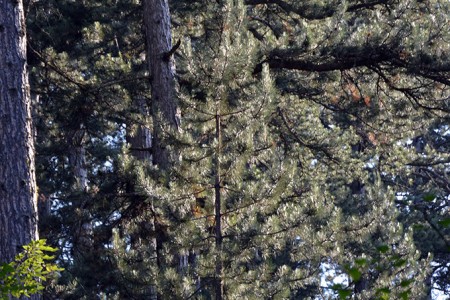
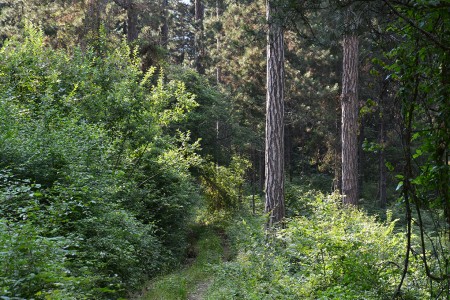
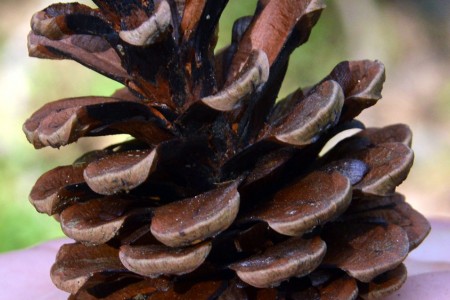
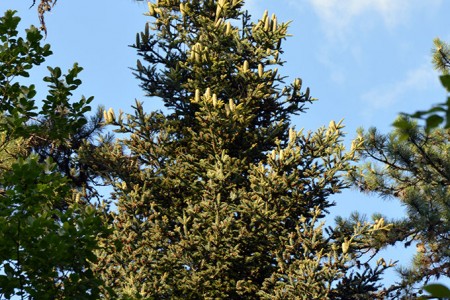
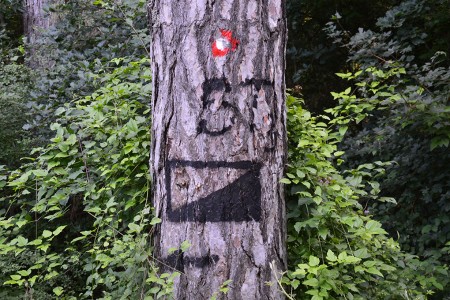
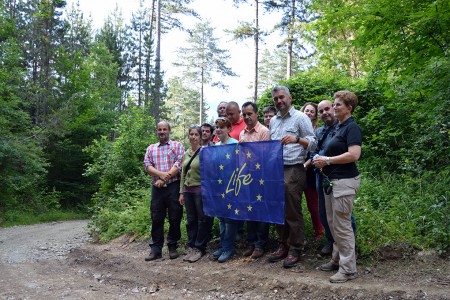











 Saving...
Saving...
Leave a Comment